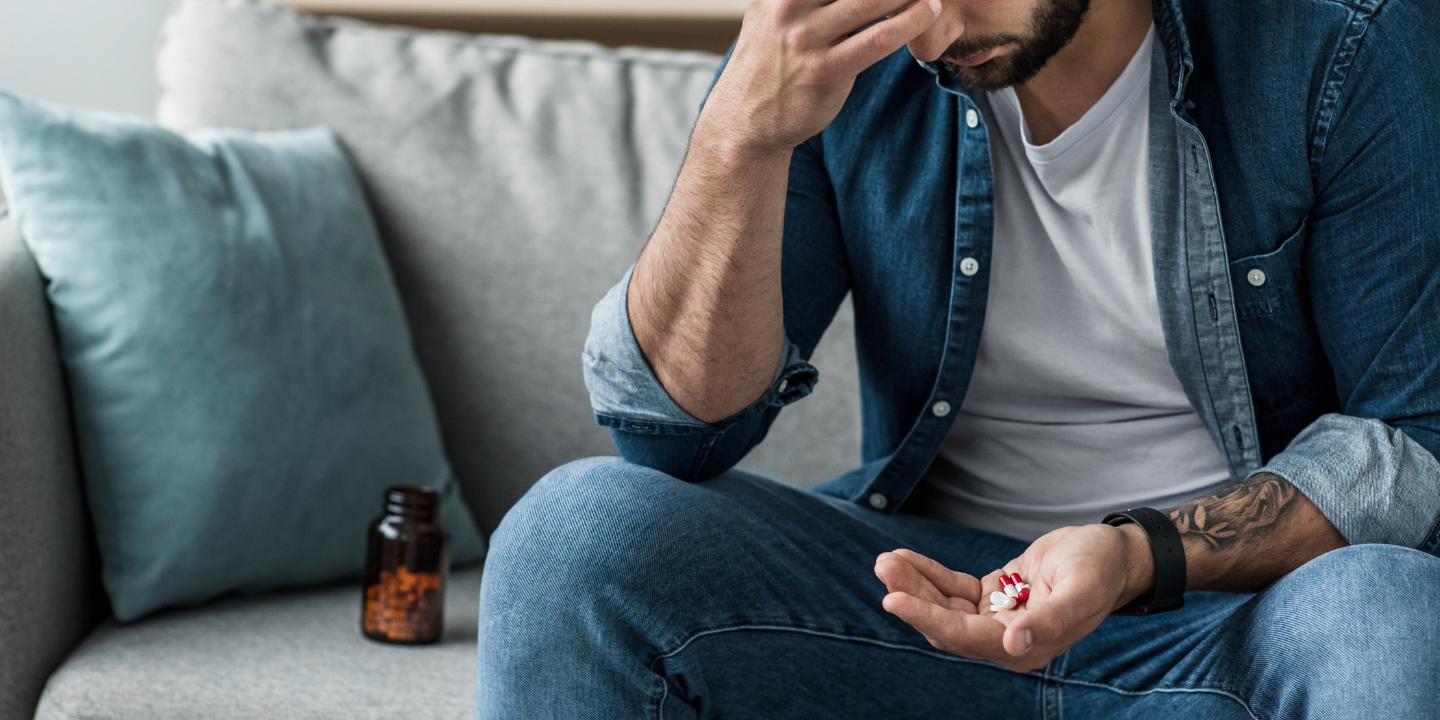Imagine if individuals in substance use disorder treatment found excitement in an activity that truly helped them feel better.
That’s exactly what happened at an outpatient program using rhythm as a therapeutic tool. In this program, drum circles became a highlight, with participants repeatedly asking for more. They reported feeling more upbeat, having fewer cravings, reduced anxiety, and a renewed hope that they could have fun without alcohol or drugs.
So, what is the drum circle doing for them?
One significant impact is on anhedonia, the inability to experience pleasure, which results from lowered dopamine levels. For long-term drug users, their brains get used to high dopamine levels, and when the drug use stops, dopamine levels drop, leading to feelings akin to severe depression. Some individuals have reported, “If this is what recovery feels like, I don’t want it.”
They’re often told to tough it out, that it will get better.
But does it?
Recovery of normal dopamine function takes time. During this period, individuals may experience protracted anhedonia that lasts for weeks or even months.
The common result? Their inability to experience pleasure becomes a major driver for continued substance use, complicating recovery.
Drumming, however, stimulates dopamine production, providing bilateral stimulation to the brain, enhancing brain function, and promoting neuroplasticity.
It boosts mood, creates a sense of pleasure, safely facilitates emotional release, and counters the emotional flatness often experienced during early recovery. Engaging both mind and body, drumming enhances hand-eye coordination, motor skills, and concentration, helping to re-establish healthy brain functioning. It also serves as a distraction from cravings and intrusive thoughts, promoting relaxation and reducing anxiety.
A drum circle fosters connection and community—essential for those in recovery who may feel isolated. Participating in a collective activity like drumming creates a shared sense of purpose and belonging, reducing feelings of loneliness and alienation. It also promotes social bonding and mutual support, which are critical in the recovery process. Because drum circles are an intergenerational activity, it can also be a powerful tool in forming and reforming connections with families.
Ultimately, drumming brings participants into a state of mindfulness, reducing racing thoughts, worry, and substance cravings. This mindful focus on rhythm and sound helps individuals reconnect with their bodies, promoting a grounded sense of calm.
Recovery often involves rediscovering creative outlets, and drum circles encourage creativity and personal expression, allowing participants to reconnect with a sense of playfulness and joy often lost during active substance use. Plus, drumming’s accessibility ensures an inclusive environment, supporting everyone’s recovery process.
Research on drum circles highlights their effectiveness in providing a holistic approach to healing for people in recovery. These circles foster emotional release, community connection, mindfulness, and personal empowerment. The rhythmic, collective experience can significantly improve mood, reduce cravings, and build confidence while promoting a sense of joy and unity throughout the recovery process.
Drum circles aren’t just beneficial for therapy; they also serve as an excellent staff development tool. Participating in a drum circle can bring a team together, allow them to laugh and have fun, and encourage cooperation. Many programs incorporate drum circles both as a treatment activity and as an offering for their staff.
Ready to transform your team or support your recovery program with the power of rhythm? Authentic Trainings LLC partners with Creative Rhythm Events for Recovery to provide facilitator training and staff development days for groups of 20 or more. Contact us to bring the transformative energy of drum circles to your community!


